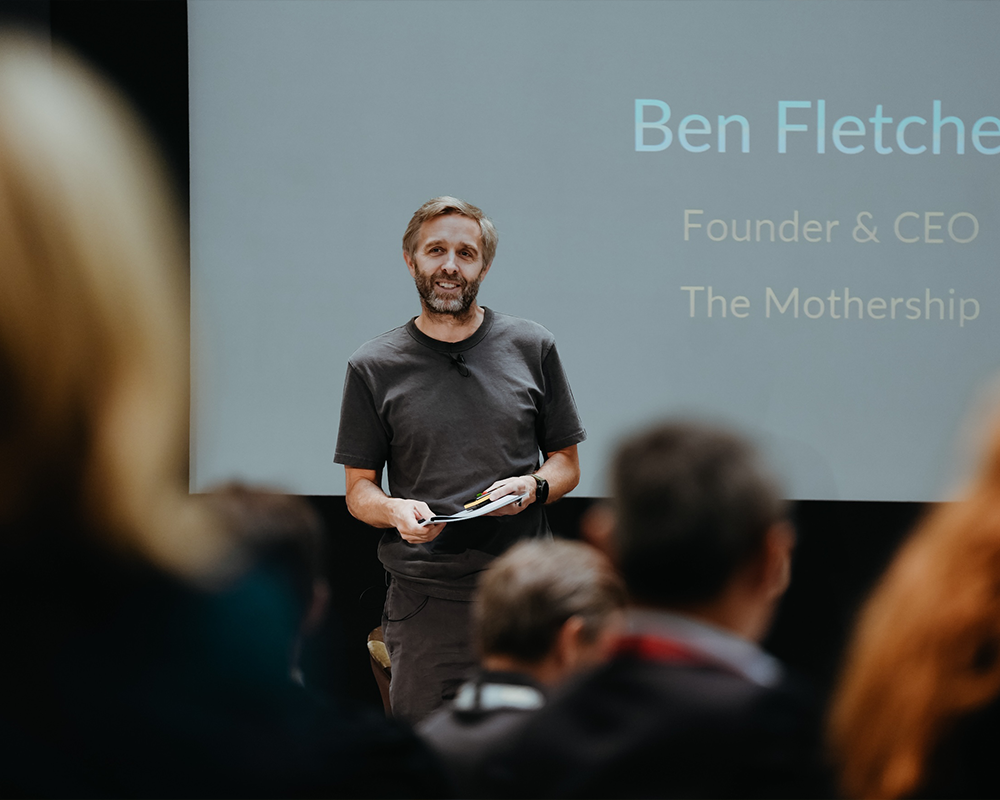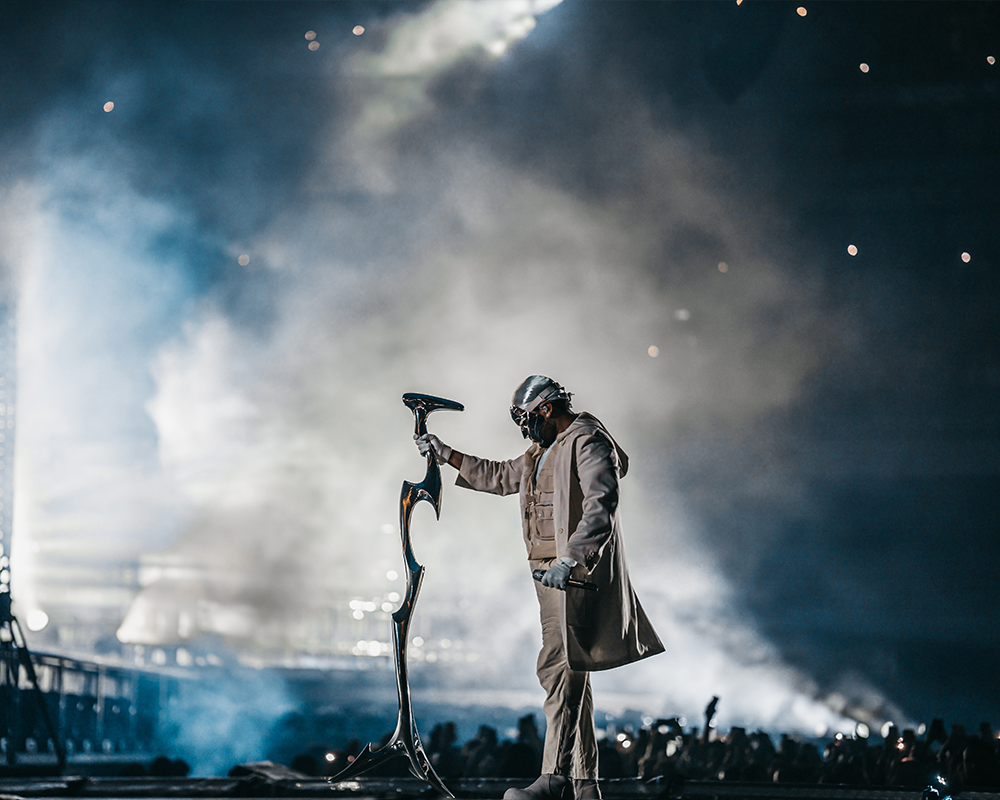Commercial videography is more than pointing a camera and pressing record. It’s a way to shape a brand’s personality, showcase products or services, and share core values - all through film. In a world where audiences are bombarded with messages, these short, well-crafted videos can become the catalyst that draws people in and keeps them talking.
In the sections below, we’ll explore how commercial videography works, why it’s so impactful, and the steps needed to produce content that helps you reach real business goals. Expect practical tips on planning, shooting, editing, distribution, and evaluating success - all approached with the belief that authenticity trumps generic formulas.
The power of visual storytelling
Printed brochures or digital leaflets retain their uses. Yet film influences viewers in a more immediate, sometimes more emotive way. Research from Wyzowl suggests that many consumers are likelier to act after watching a film that features a product or service. Movement on screen, combined with a clear narrative, leaves a strong impression.
Rather than rely on reams of text, a concise film can illustrate how something works - or why a brand stands out from the crowd. For instance, imagine a company known for eco-friendly coffee cups. A short promotional piece could reveal how those cups are made, emphasising sustainable methods, before showing actual customers sipping their morning brew. This approach demonstrates both function and credibility in one go, reinforcing trust in the product.
Commercial videography: Where it’s used
You no longer have to think of large-budget TV adverts when you hear “commercial video.” Businesses of every type create films for a range of reasons:
- Product launches: Debuting new releases with teaser films on social media or embedded on your homepage.
- Corporate identity: Brand stories, staff interviews, or office tours that illustrate a company’s culture and goals.
- Product demonstrations: Bringing a gadget or software platform to life so viewers can see its features in action.
- Event highlights: Summaries from conferences or award nights that include short interviews and audience reactions.
REQUEST A QUOTE BY EMAIL
Planning and pre-production
Few successful commercials emerge on the spot. They begin with chats about brand character and the film’s central aim. Do you want to launch a fresh product? Perhaps emphasise an ongoing community initiative? Each intention informs the tone and structure of your piece.
Once the concept is firm, practical considerations come into play:
- Location choices: Whether you opt for the hustle of a city street, a glossy studio, or a calm office meeting room, the setting shapes the entire mood.
- Budget: Camera kit, lighting, special effects, or professional talent cost money. Upfront clarity about funds helps prevent scope creep.
- Crew size: Some projects only need a lone camera operator; others benefit from a bigger team with lighting techs, audio engineers, and a director.
- Schedule: Filming dates, rehearsals, and editing all need realistic deadlines, so you aren’t rushing at the last minute.
That planning fosters shared expectations among the creative crew and the client, reducing mix-ups once cameras roll.
The filming stage: More than hitting ‘Record’
An effective commercial involves more than pointing a camera at a subject. Every aspect - lighting, sound, set design, and on-camera presentation - contributes to the final impression. Even a short 30-second piece can demand precise coordination:
- Lighting and audio: Soft shadows or crisp, bright scenes? Clean voiceover or dynamic background music? These are critical to a film’s character.
- Set and Talent: Firms may invite professional actors or feature real employees in front of the lens. The environment should mirror brand values - a cutting-edge tech firm may choose minimal, futuristic décor; a natural skincare brand may prefer a warm, organic setting.
- Direction: Somebody tracks the overall concept, guiding camera angles, selecting which scenes to capture, and ensuring consistency with the brand’s story.
A filming day can seem hectic - lamps, reflectors, wires, equipment stands, and numerous takes - but good planning and a calm, purposeful approach let each crew member focus on their part.
Editing: Bringing it all together
The new stage now begins after the last take: transforming raw hours of footage into coherent and engaging production. Sorting through clips for compelling shots and weaving them in seamless flow can be painstaking, but true storytelling emerges from these.
Several aspects form an editor’s toolbox:
- Structure: Arranging sequences from the opener to the concluding call-to-action in a logical and viewer-friendly way.
- Audio: Overlaying music, voiceovers, or subtle effects while ensuring that each element complements the visuals.
- Colour and atmosphere: Using colour-grading to maintain consistent tones. Perhaps a bright palette for a lively lifestyle brand, or cooler hues for a premium engineering product.
- Graphics or text: Some adverts call for additional text elements - titles, statistics, or bullet points that underline crucial facts.
Editors usually work closely with clients during this phase, revisiting scenes or adjusting transitions until the final cut clicks with the brand’s objectives.
Distribution: Meeting the audience where they are
Crafting a polished film is only half the job - viewers need to see it, too. Choosing channels depends on audience preferences and strategic aims:
- Online platforms: Hosting on websites, YouTube, or social networks (Instagram, LinkedIn) can attract users who browse on mobiles, tablets, or laptops.
- Broadcast television: Some companies still opt for local or national TV slots, depending on the target demographic.
- Trade shows and events: Large screens at expos can loop your commercial, catching the attention of potential collaborators or buyers.
- Email marketing: Embedding a short film in a newsletter or e-shot can make the outreach more personal, sparking stronger click-through rates.
Spreading the same core film in multiple places often pays off, but you might tailor each version—shortening it for Instagram, for example, or reorienting it to match a certain format for a particular site.
REQUEST A QUOTE BY EMAIL
Return on investment: Why commercial videography is worth it
Producing a film can involve several days of effort, plus editing and marketing. Some wonder if it justifies the expense. Yet evidence highlights how videos can amplify brand awareness and encourage higher conversions. HubSpot data indicates many brands confirm impressive ROI for short clips. A brief, polished piece can lend credibility, show a product in realistic settings, and cultivate customer trust - leading to more purchases or stronger leads.
When done authentically, commercial videography resonates beyond a single ad campaign. Consider an engineering firm demonstrating a new device: by revealing its real-world impact and user satisfaction on film, viewers gain confidence in its effectiveness. That trust pushes them to ask for details or place an order, proving how visuals bring intangible benefits to life.
Avoiding common pitfalls
Commercial videography can fall flat when:
- Aims are fuzzy: Without a defined goal, concepts drift. Consistency is vital - always pin down what you hope to achieve (product launch, brand reintroduction, etc.).
- Excessive length: Modern audiences skip on if a film drags. Keeping it snappy helps maintain momentum.
- Poor production standards: Unsteady footage, bad audio, or poorly lit scenes turn viewers off. That can damage trust, particularly in professional markets.
- Ignoring viewer preferences: If the content doesn’t address real questions or interests, it fails to connect. Understanding what drives your audience is crucial.
Awareness of these potential missteps helps keep teams focused on quality and relevance throughout the creative process.
Tracking results and building on momentum
Evaluating a commercial’s performance is essential. Tools like YouTube or Facebook offer valuable analytics: how long people watch, where they come from, and which segments they replay. Meanwhile, site analytics track how many viewers follow your film’s link to visit a product page or sign up for more details. Over time, this data reveals what resonates - and highlights areas to enhance next time.
Some organisations approach commercial videography as an ongoing cycle. Each new piece builds on insights from the previous one, and that iterative approach can yield ever-more engaging storytelling. Whether it’s refining editing style, adjusting the brand’s tone, or trying a fresh theme, continuous improvement helps keep content engaging in a busy digital landscape.
FAQ
How much does a commercial video cost?
The cost depends on factors like script complexity, filming locations, crew size, and post-production work. A basic commercial can start at £2,000–£5,000, while high-end productions with multiple filming days, actors, and animations can go beyond £10,000–£50,000.
Can I make changes to the video in the future?
Yes, we can provide editable project files or offer future revisions, depending on the agreement. If you anticipate needing updates, such as adding new footage or tweaking branding elements, let us know during planning.
What do I need to prepare before filming starts?
Define your goals, key messages, and target audience. Prepare any scripts, branding guidelines, or reference videos that help shape the vision. If actors or team members are involved, scheduling rehearsals or providing them with key talking points can streamline the shoot.
Do you offer storyboarding or visual planning before filming?
Yes, we create storyboards and shot lists to visualise the final video before production begins. This helps align expectations, optimise shooting time, and make sure all key elements are captured effectively.
Do I need a big budget to create a high-quality commercial video?
Not necessarily. A well-planned video with strong storytelling, creative visuals, and professional editing can be impactful without excessive costs. Smaller brands can start with short, focused ads and scale up as needed.
The cost depends on factors like script complexity, filming locations, crew size, and post-production work. A basic commercial can start at £2,000–£5,000, while high-end productions with multiple filming days, actors, and animations can go beyond £10,000–£50,000.
Can I make changes to the video in the future?
Yes, we can provide editable project files or offer future revisions, depending on the agreement. If you anticipate needing updates, such as adding new footage or tweaking branding elements, let us know during planning.
What do I need to prepare before filming starts?
Define your goals, key messages, and target audience. Prepare any scripts, branding guidelines, or reference videos that help shape the vision. If actors or team members are involved, scheduling rehearsals or providing them with key talking points can streamline the shoot.
Do you offer storyboarding or visual planning before filming?
Yes, we create storyboards and shot lists to visualise the final video before production begins. This helps align expectations, optimise shooting time, and make sure all key elements are captured effectively.
Do I need a big budget to create a high-quality commercial video?
Not necessarily. A well-planned video with strong storytelling, creative visuals, and professional editing can be impactful without excessive costs. Smaller brands can start with short, focused ads and scale up as needed.



